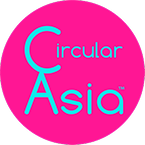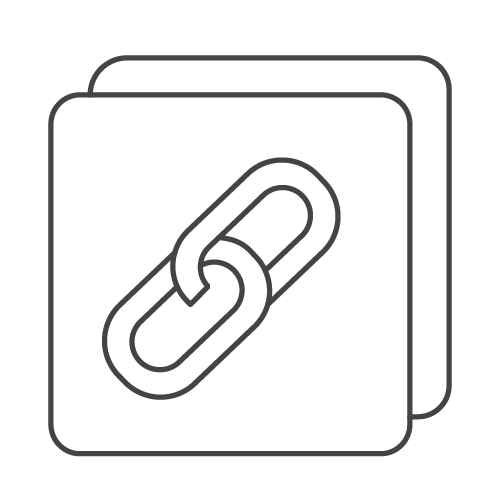Circular Economy
What is the Circular Economy?
The circular economy is a fundamental shift in our economic system. It transfers value from a market-based economy to a values-based economy. The value and integrity of materials, access to products and services over ownership, and cooperation over competition. While it may seem a utopian dream, the simple fact is that our current economic system cannot be maintained.
The circular economy focuses on
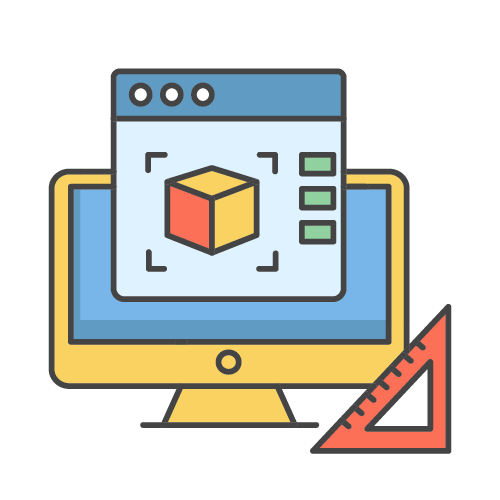
Design
How products are designed and made – the resource efficiency of the whole system from design, sourcing and types of materials, manufacturing, energy, and delivery to market.
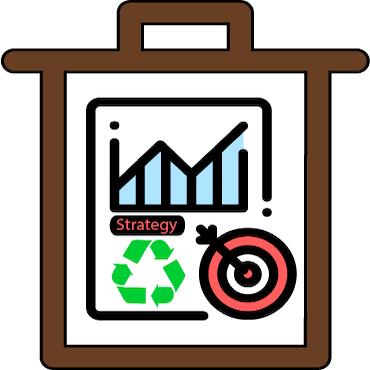
Resource management
When the products we use reach the end of their use-cycle, we treat them as waste. Instead, we need to dispose of all end-of-use-cycle products responsibly so they can become secondary raw materials.
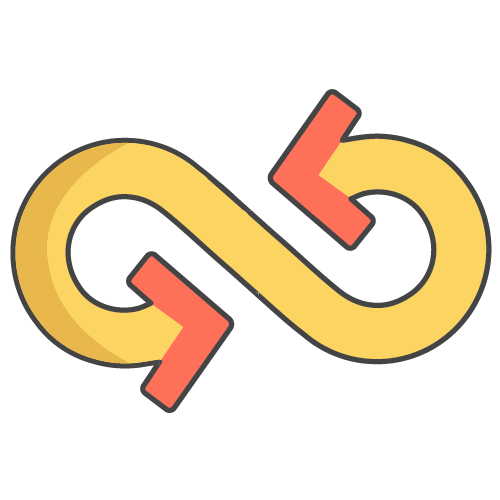
Closed-loop systems
A system that focuses on technical efficiencies, such as material utility, resource-use optimisation, and end-of-use-cycle elimination. Technical efficiency is not a single solution.
The Circular Rs
The Circular Rs are the tools to improve resource management. These tools include three human behaviours and ten economic activities. The ten economic activities are divided into two parts: (1) Product use-cycle extension and (2) Material management of end-of-use-cycle products for reprocessing, which becomes feedstock for new products.
The Linear Economic Model
Since the Industrial Revolution (around 1760) the economic model has progressed along, what is called a Linear system.
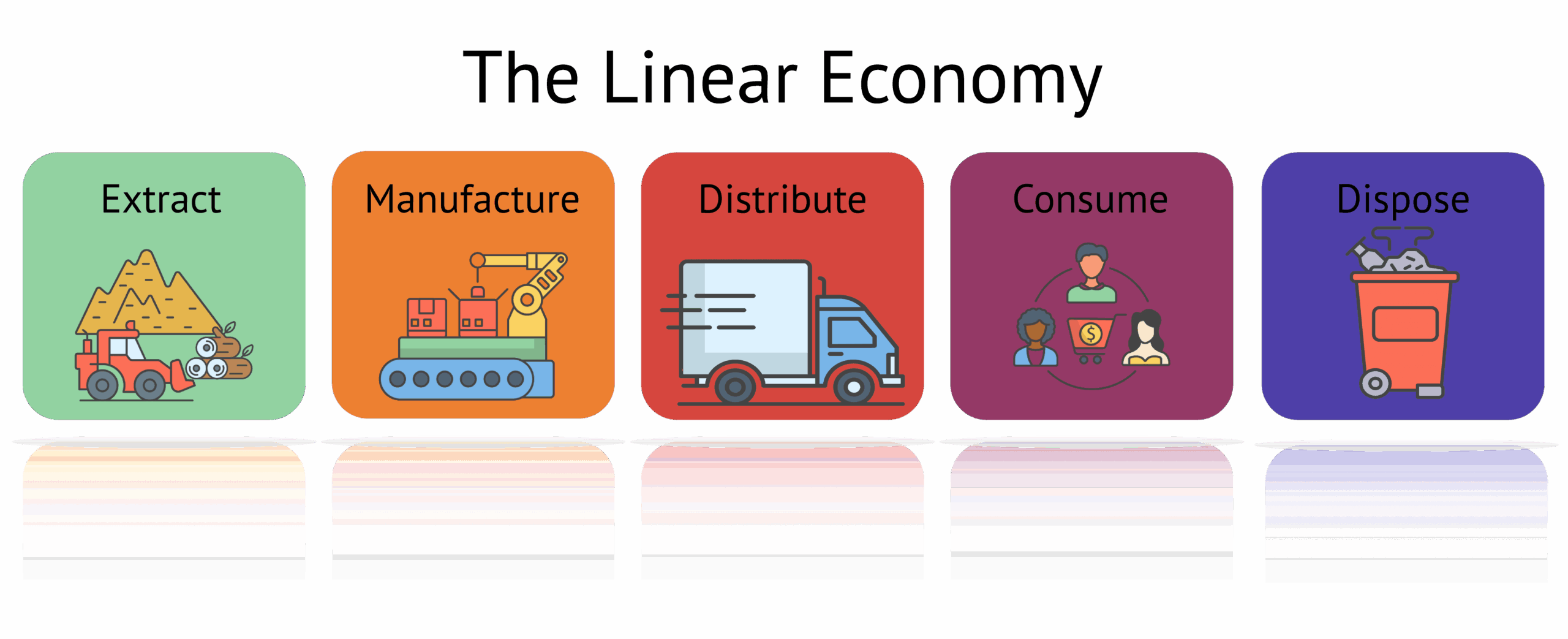
In the circular economy, nothing is wasted. Products are made from natural (biological) or human-made (technical) materials or resources. To achieve a system where nothing is wasted, we need a major overhaul of our entire production system. It begins with extracting primary raw materials, processing them, and enhancing the design of products and services to make them part of the Circular Rs. Consumers, including business and government procurement and reverse logistics, play a huge role in driving innovation for change.
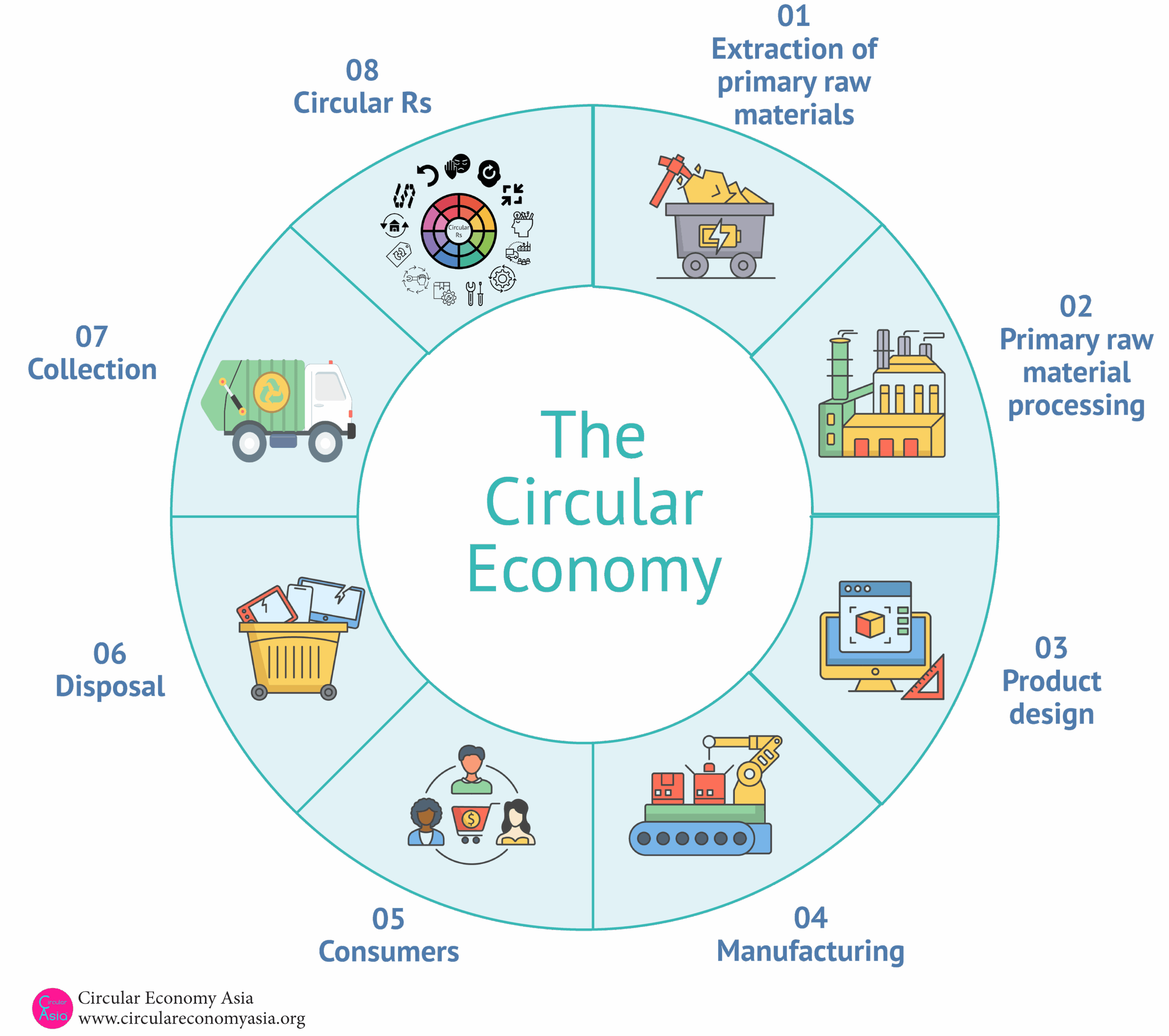
The circular economy acknowledges the planet's finite resources
The circular economy advocates for product use-cycle extension
All end-of-use-cycle products enter into either the technical or biosphere for reprocessing.
Different Approaches to the Circular Economy
There are two ways of understanding the circular economy. The first is the popular Butterfly Diagram conceived by Michael Braungart and William McDonough from Cradle-to-Cradle Design. The Butterfly Diagram demonstrates how natural (biological) and human-made (technical) materials or resources circulate in infinite production cycles facilitated at the design and manufacturing stage of products
Technical materials
As fossil fuels, plastics, metals, glass etc., come from finite natural resources, these primary raw materials cannot be renewed. In the technical cycle, it is important we design and manufacture products that are ‘future-proof’. Products should be designed for repair, reuse, remanufacture, disassembly and reprocessing of product materials. The aim is to keep all technical materials or resources in use for as long as possible.
Biological materials
Food, all organic materials from agricultural activity, water, etc., are part of a biological ecosystem. In this bio-cycle, it is important to ensure that the ecosystem and biological processes can function properly. Consumption may occur in this cycle (food, water, fertiliser) as long as the material flows are not contaminated with toxic substances and ecosystems are not overloaded. When the ecosystem is balanced, biological materials are renewable.

Beyond Recycling: Smarter Use-Cycles
The basic premise of the Butterfly Diagram is in assigning which circular economy function provides the most value. For example, maintaining a product’s use-cycle through repair extends the resource and economic value instead of discarding the product for recycling. However, all too often, we do not factor in the external costs of the materials we use. For example, extending a mobile phone’s use-cycle may seem to have greater economic and resource value than if it is taken apart for scrap. Until we factor in the external costs, which tell a different story. On average, a mobile phone can have 11 or more critical or primary raw minerals. The average cost of these primary raw materials can range from US$1.50 ~ $2.00, but the external costs result in $15.00 ~ $20.00. The economics between product-life extension and resource management of end-of-use-cycle products is becoming clearer.
The second circular economy framework is the Circularity Diagram, developed by the UN Environment Programme (UNEP). This diagram directs more attention towards the role of the user or consumer in a circular economy. It illustrates that the circular economy is about sustainable production and that sustainable consumption is integral to it.
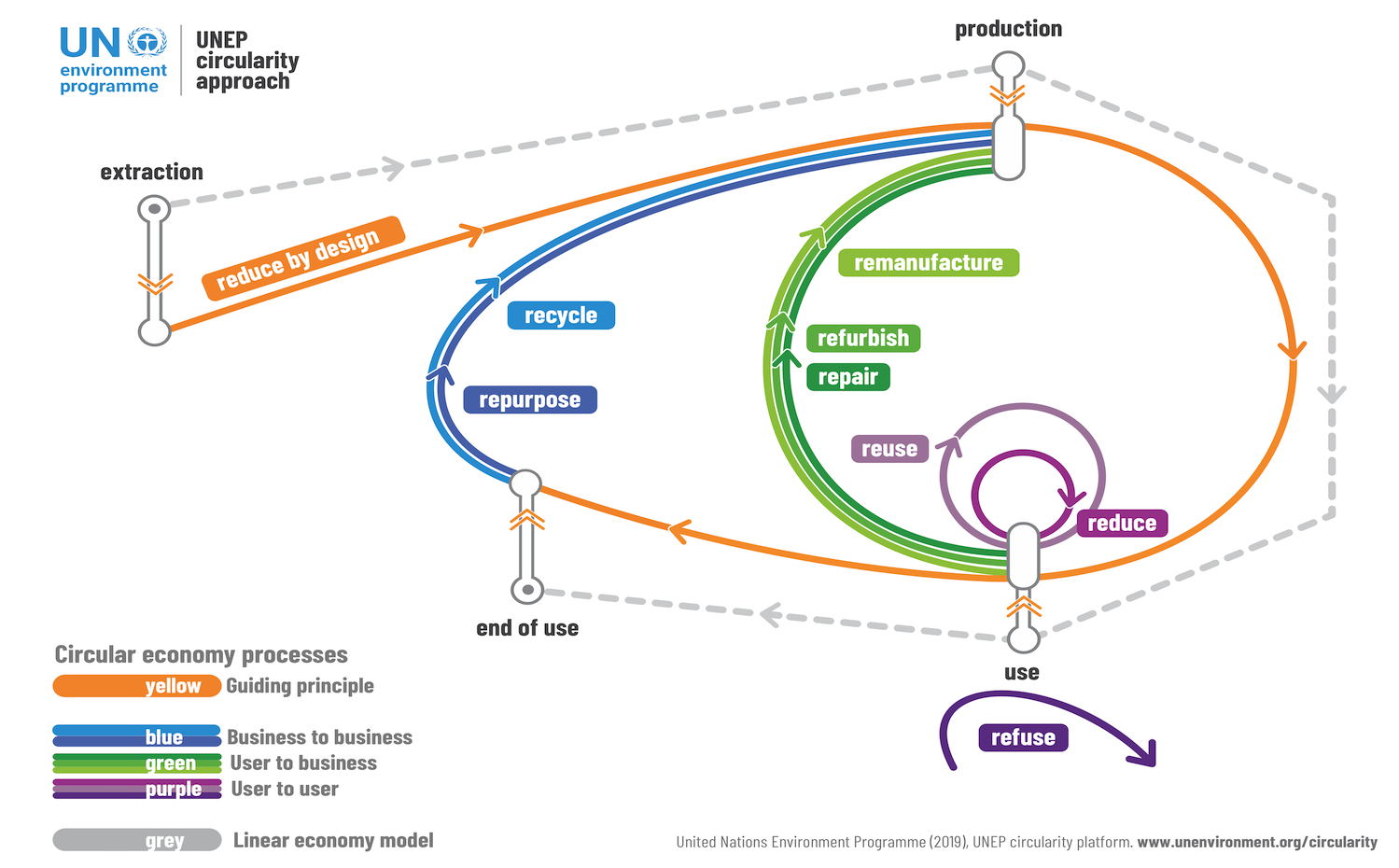

The Knowledge Centre
Our Knowledge Centre holds an extraordinary amount of information, including research, reports and articles covering more than 50 different topics, including finance, ideas, legal, metrics and monitoring, policy and presentations, as well as images, infographics and movies
